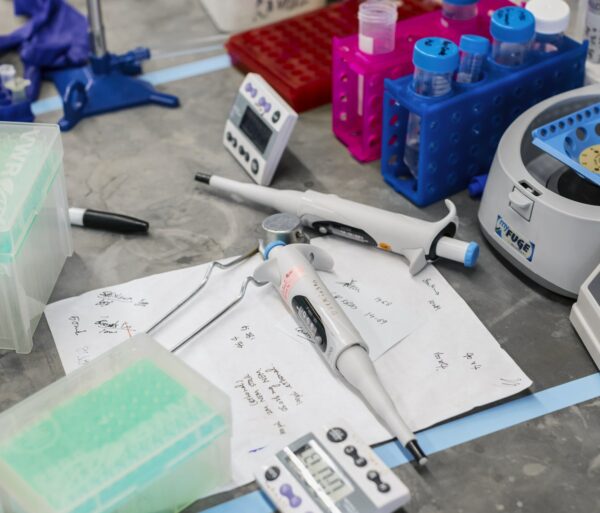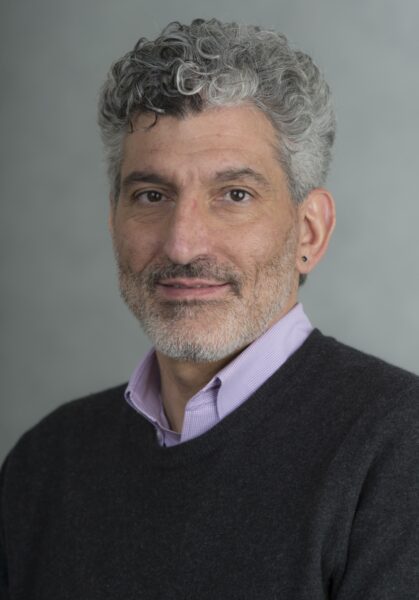Occlusion of tiny blood vessels in various organs is likely to occur frequently throughout life. A blockage in the blood vessel prevents normal blood flow and oxygen from reaching the tissues in that location. The cumulative effect of these occlusions may lead to organ damage. In the brain, this may be the basis for age related cognitive decline and dementia.
Dr. Grutzendler, assistant professor of neurology at Northwestern University, and colleagues recently discovered a novel cellular mechanism that removes clots from tiny blood vessels in the brain. Previously, it was thought that vessels removed blood clots by two methods, either by eventually pushing them along as blood is being pumped or breaking them down by enzymes. Dr. Grutzendler has determined a third method in which the vessel will project a membrane that engulfs the clot and then expel it through a hole created at the point of encapsulation. The hole will be patched with some of the membrane that surrounded the clot, and blood will now flow freely again.
This amazing mechanism helps protect the brain from ischemic damage. However, if it doesn’t work efficiently, it could have critical implications in the progression of age related cognitive decline. In Alzheimer’s disease (AD) blood vessels are covered by a layer of an abnormal peptide called amyloid. This abnormality may affect the process of vessel clearance that Dr. Grutzendler’s lab has discovered, making it slower and leading to more severe damage to the brain after occlusion.
Dr. Grutzendler used his 2010 Seed Grant award to determine if Alzheimer’s pathology has an effect on the speed of this new clearance mechanism and on the damage associated with occlusion of small blood vessels in the Alzheimer’s brain. Using imaging techniques, Grutzendler was to determine if the rate of clot clearance is altered in AD models. He hypothesized that the clearance mechanism is delayed in AD models, leading to severe tissue damage following an occlusion. These experiments will provide novel information about the effects of AD pathology and amyloid angiopathy on clearance efficiency. This study may thus improve our understanding of the mechanistic links that exist between vascular pathology and Alzheimer’s disease.



